New Zealand is diversifying its orchestra
NewsNew Zealand Symphony Orchestra chief executive Peter Biggs has told a parliamentary select committee that he is aiming to correct the company’s gender imbalance and minority quotient.
From his reported comments:
Biggs said the NZSO was working on a new set of values … It altered its touring model to deeply engage with diverse communities–particularly Māori and rangatahi–and reverse its carbon footprint…
Biggs said the orchestra was “very conscious” of the need for gender balance within its staffing, but acknowledged this was a “generational issue”. He expected a number of players over the coming years to retire. More young women were both coming through as musicians, and being recruited into the player contingent. This was mainly due to many Kiwis returning from overseas, and they were also coming from the NZSO National Youth Orchestra…. Biggs also said the orchestra “could do better” in terms of cultural diversity across its staff.
It had “room to improve” on representing Aotearoa better, Thompson said. The NZSO was looking at working with Tongan brass bands in south Auckland, and Pacific choirs.
Collaborations were under way with two iwi – Ngāi Tūhoe and Ngāi Tahu – which if successful the NZSO hoped to use as models for future work. It was also looking to invest in a director of Māori engagement. “There’s a lot of work to be done in this space,” he said.
Confession is good for the soul. Contrition is good for state funding.


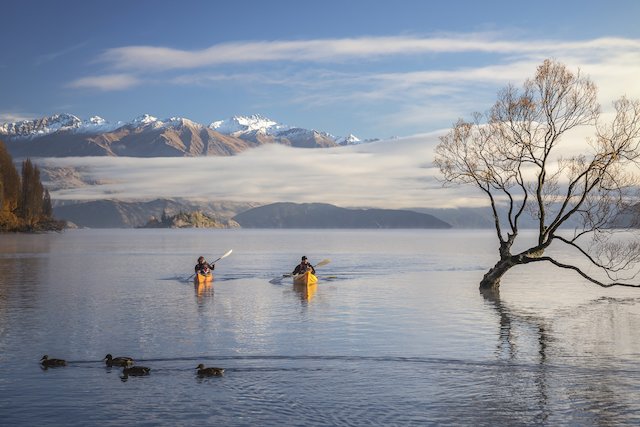
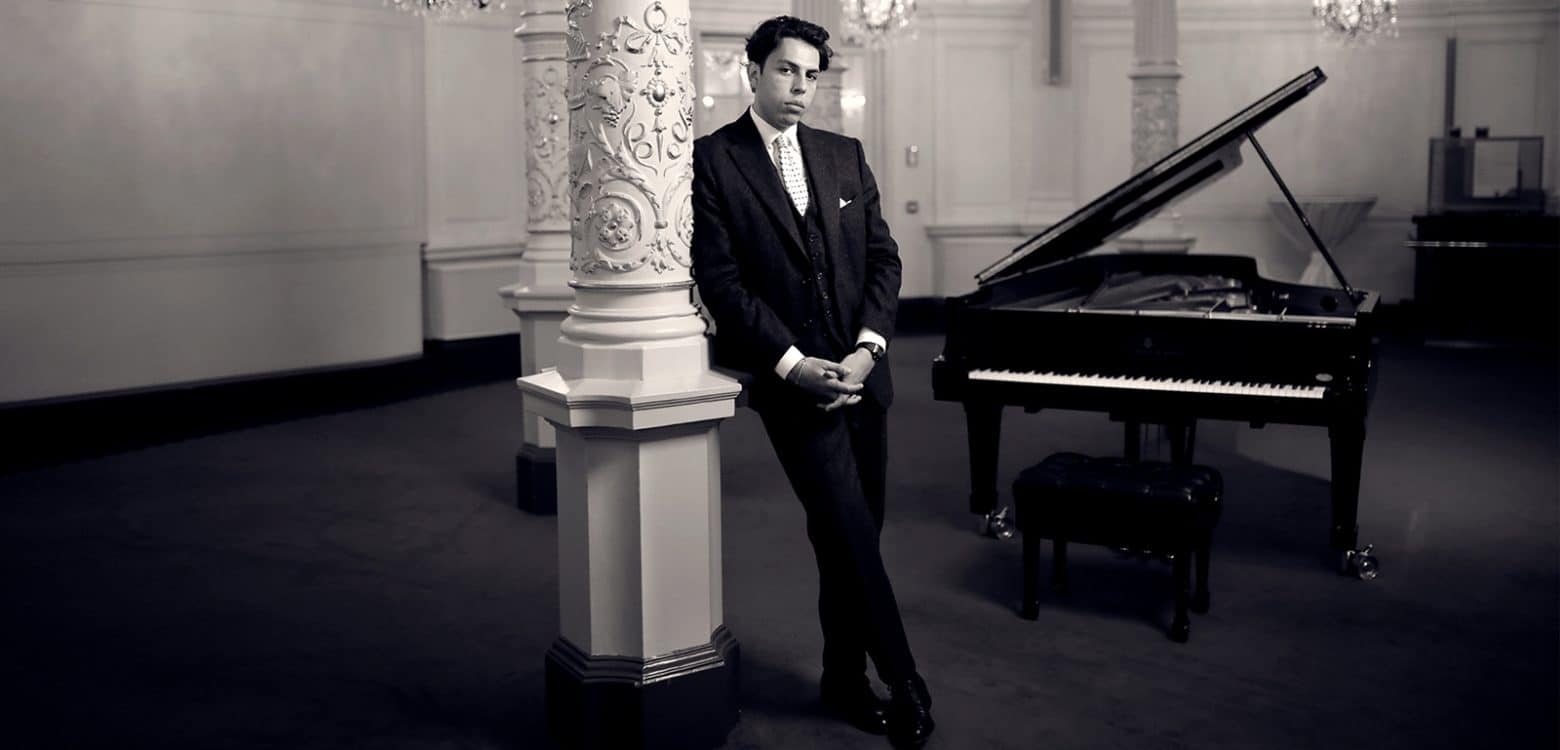
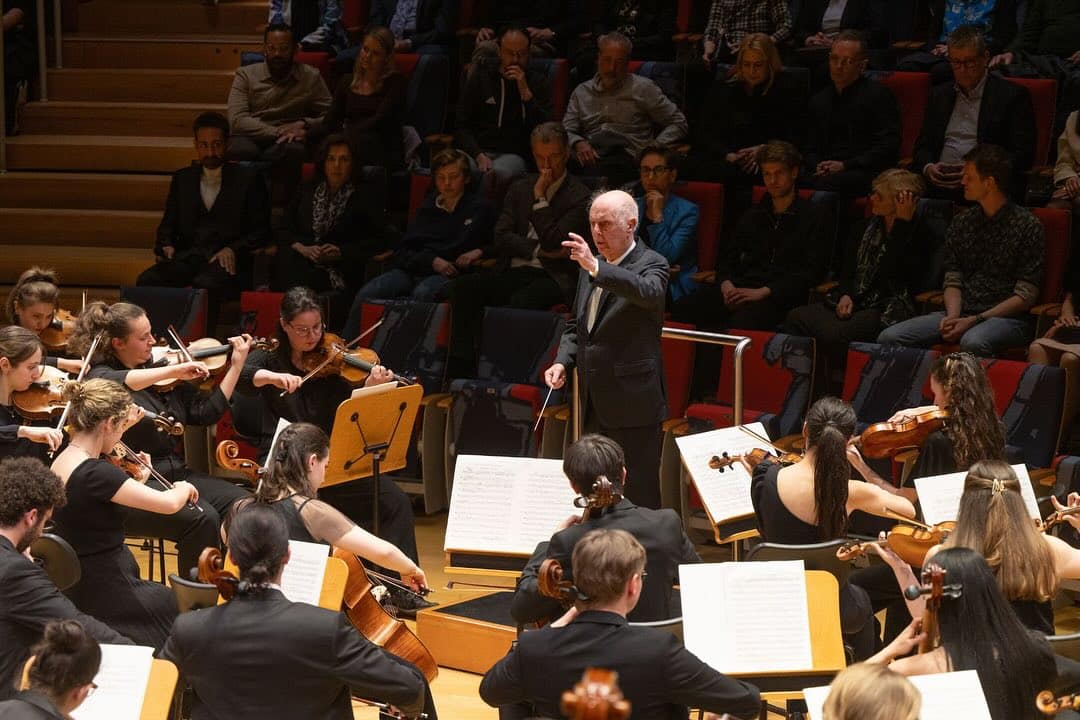
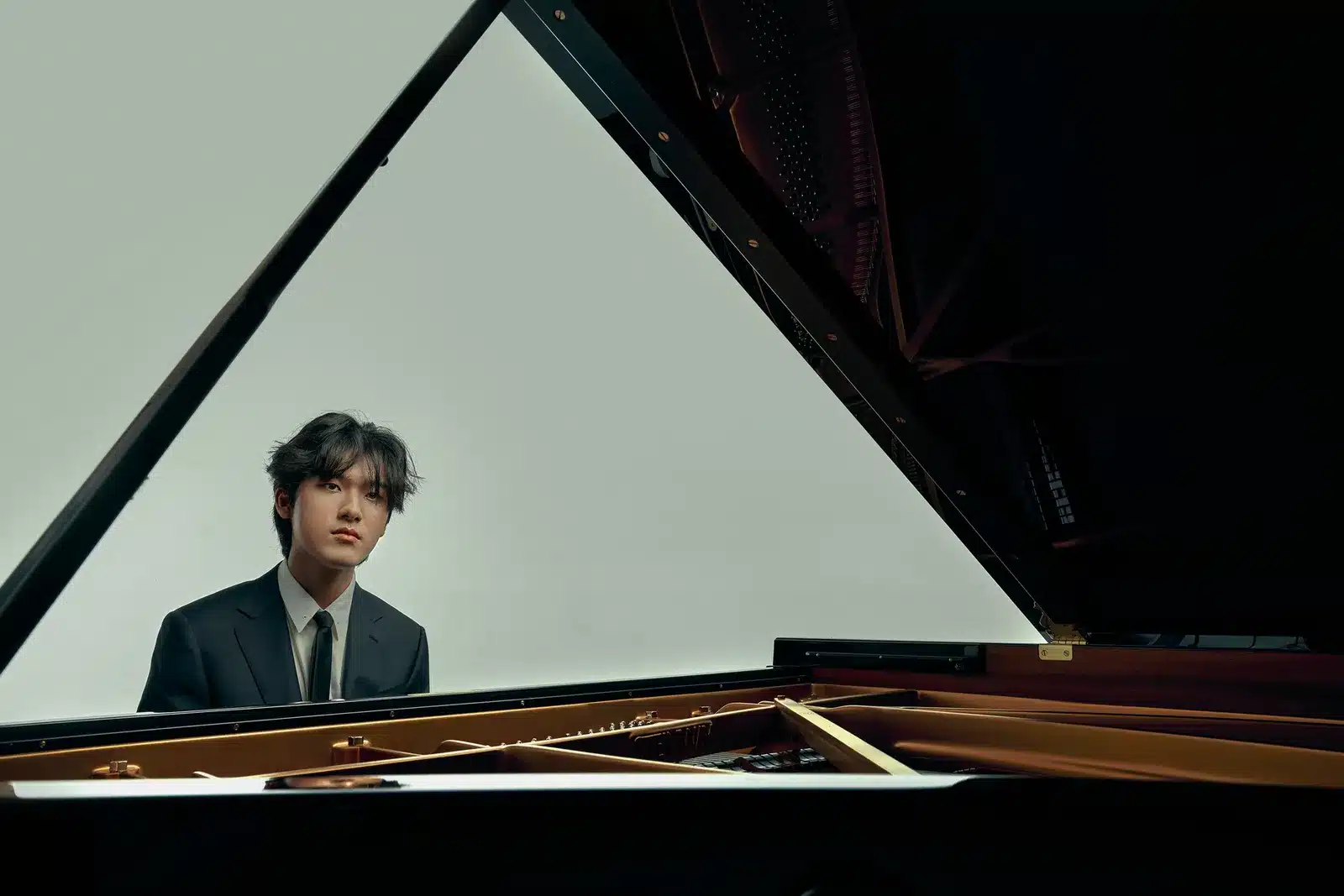
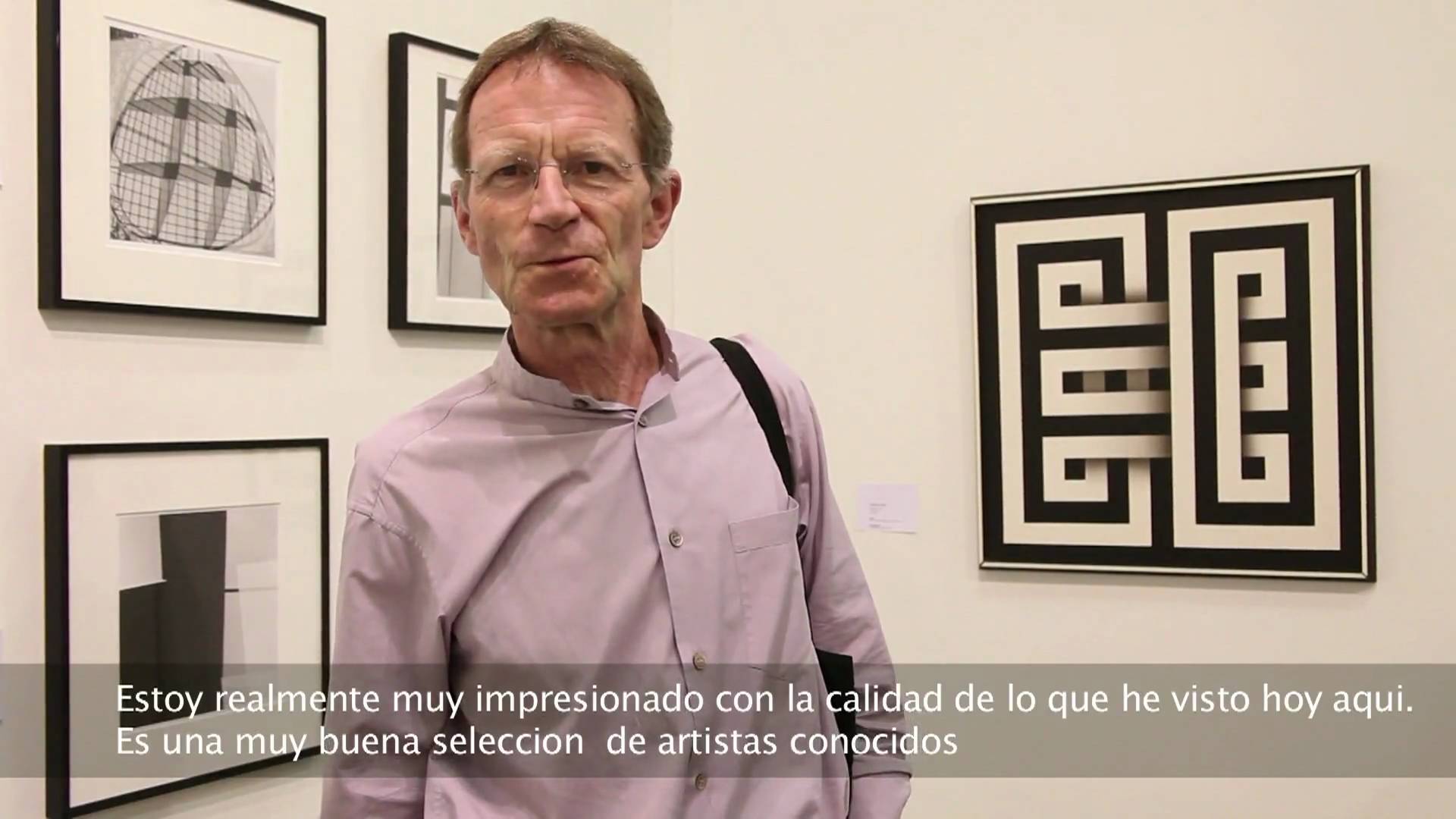
Comments